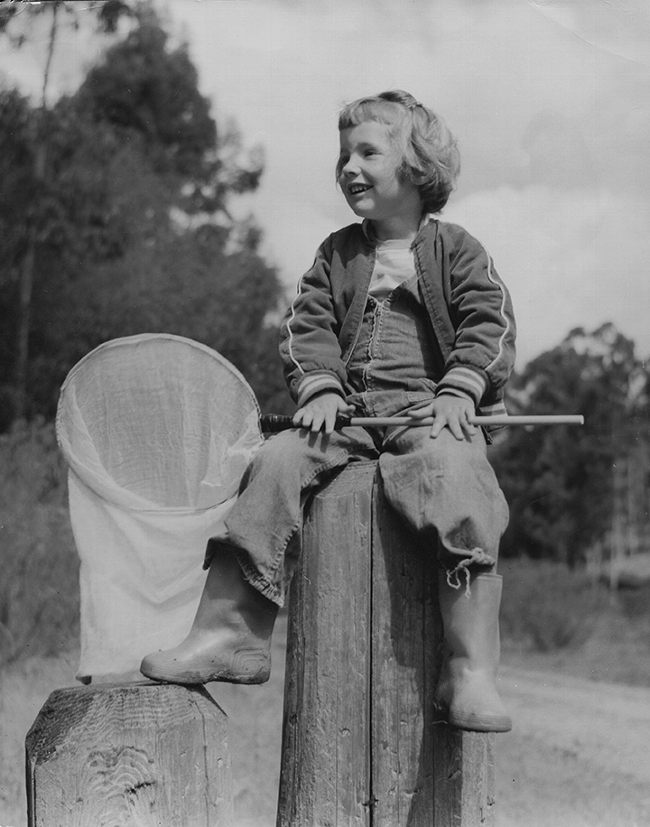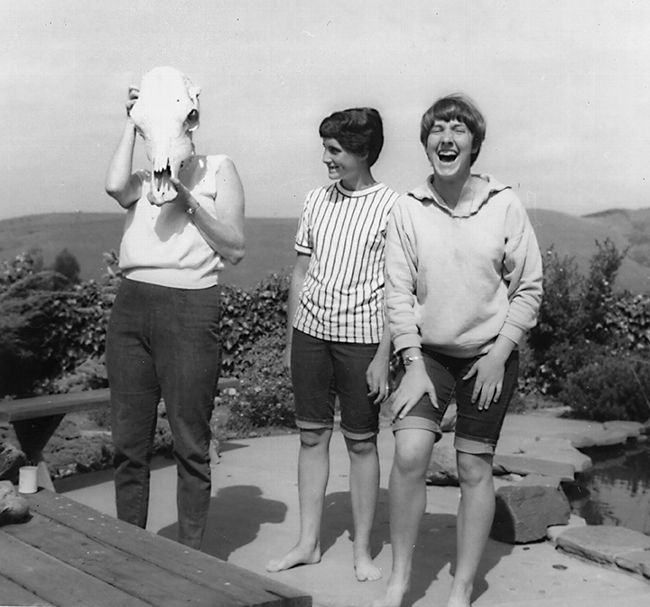You're a high school junior and you want to become a marine biologist. You're influenced by Jacques Cousteau, and encouraged by your high school biology teacher.
So you launch a project to collect, record and sketch the intertidal invertebrates in the San Francisco Bay.
And 50 years later, your work is published and hailed as "legacy data," with scientists keenly interested in what invasive species were there.
That's what UC Davis entomologist Lynn Kimsey did.
Kimsey, now director of the Bohart Museum of Entomology and a UC Davis distinguished professor of entomology, grew up as “Lynn Siri” of El Cerrito, the daughter of a biologist and a biophysicist.
“I always wanted to be a scientist but I really wanted to be a marine biologist then,” she recalled.
Over a 13-month period, from April 1970 to May 1971, Lynn collected, recorded and sketched 139 marine specimens in the San Francisco Bay, covering 34 locations in six counties, Alameda, Contra Costa, San Francisco, San Mateo, San Francisco and Solano.
She was a high school junior and her work was never published—until now.
Kimsey and marine biologist James Carlton co-authored the article, “The First Extensive Survey (1970–1971) of Intertidal Invertebrates of San Francisco Bay, California,“ published last December in the journal Bioinvasions Records.
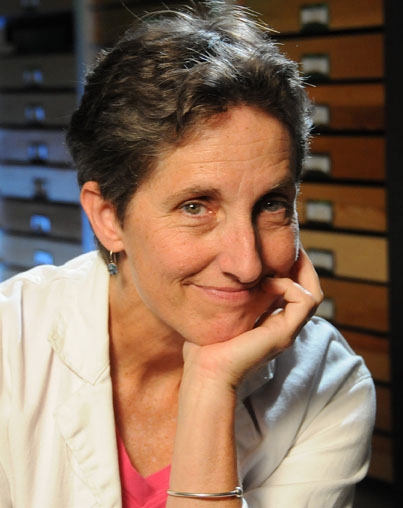
“There have been few surveys of intertidal invertebrates in San Francisco Bay, California, USA. Most prior intertidal surveys were limited spatially or taxonomically. This survey of the intertidal invertebrates of San Francisco Bay was conducted over 13 months between 1970 and 1971, generating what is now a legacy data set of invertebrate diversity. Specimens were hand collected at land access points at 34 sites around the Bay. In all 139 living species in 9 phyla were collected; 28.8% were introduced species, primarily from the Atlantic Ocean (62.5%) and the Northwest Pacific and Indo-West Pacific Oceans (30%)."
Kimsey, who holds bachelor and doctoral degrees from UC Davis, is a 32-year member of the UC Davis entomology faculty and a recognized authority on insects, particularly Hymenoptera (bees and wasps). She has directed the Bohart Museum, home of nearly 8 million specimens, since 1990.
She is also an accomplished scientific illustrator. “I worked my way through college as a scientific illustrator,” Kimsey said. “In those days women weren't hired as lab or research assistants. I switched to entomology when I came to UC Davis from UC San Diego.”
“I guess I started doing detailed pen and ink drawings in junior high. Then in high school, I worked summers as a volunteer lab assistant and professional SCUBA diver at San Diego State.”
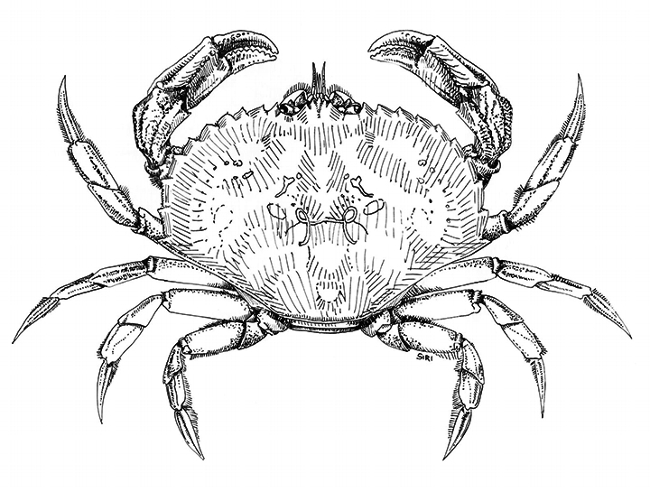
At each site, Lynn surveyed approximately 800 meters of shoreline at low tide, and typically spent between 60 and 120 minutes. She collected, by hand, samples of all common invertebrate species larger than 1 mm from the surface of mudflats, rocks, or pilings, and from under rocks, tires, and boards (with the underside of the object and substrate below examined for invertebrates). She observed but did not collect insects or arachnids. She preserved her collected specimens in 3 percent formalin (soft-bodied specimens) or 70 percent methanol. She deposited selected specimens in the California Academy of Sciences' Department of Invertebrate Zoology.
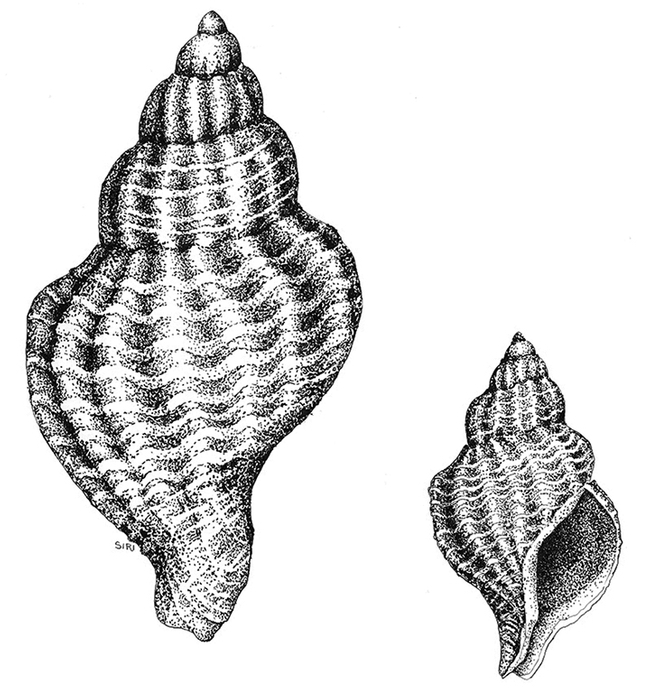
Recalling how her research came to be published, Kimsey said that during the start of the COVID-19 pandemic, she began looking through her half-century-old notes. She contacted Carlton, an emeritus marine sciences professor from Williams College (Williamstown, Mass.) and director emeritus (1989-2015) of the Williams College-Mystic Seaport Maritime Studies Program (Mystic, Conn. Carlton is known for his research on the environmental history of coastal marine ecosystems, including invasions of non-native species and modern-day extinctions in the world's oceans. In 2013, he received the California Academy of Science's highest honor, the Fellows Medal.
They agreed the research contains important baseline information about intertidal macro-invertebrate biodiversity.
Together they assigned all species to either a native (Northeast Pacific origin), introduced, cryptogenic, or undetermined biogeographic status. “Eighty-six (61.9%) were considered native, 40 (28.8%) introduced, and two (1.4%) cryptogenic,” they wrote. “An additional 11 species (7.9%) were undeterminable as to their origin due to insufficient taxonomic resolution. Of the introduced species, 25 (62.5%) originate from the North Atlantic Ocean, 12 (30%) from the Northwest or Indo-West Pacific. The origins of the three remaining introduced species and of the two cryptogenic species, while likely from either the Atlantic or the Pacific, remain uncertain.”
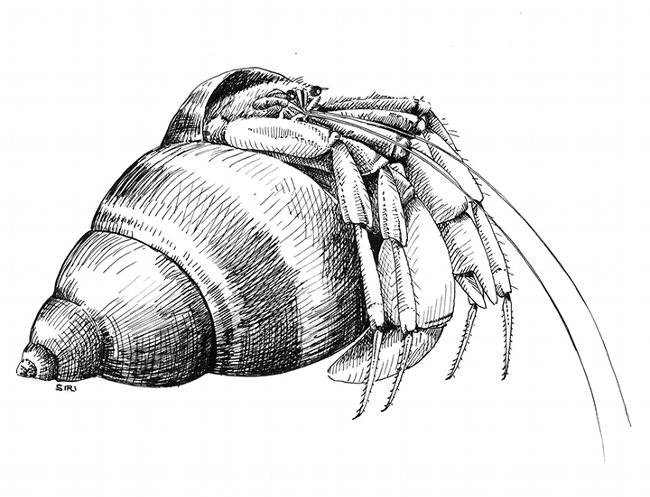
“Unpublished historical biodiversity data are frequently lost over time,” the scientists wrote. “Such data from earlier periods can serve as critical baseline information by which to assess long-term biodiversity shifts and environmental changes.”
Digital editor Eric Simons of the Bay Nature publication chronicled the research in an Aug. 18th piece titled “Scientists Resurface a One-of-a-Kind, 50-Year-Old Record of San Francisco Bay Life.”
Kimsey and Carlton told him that they hope the project will inspire other scientists to proceed with similar research in the San Francisco Bay. But they wonder if this will ever happen.
“It's not hot and sexy,” Kimsey told Simons. “Hot and sexy is going to Costa Rica and playing in coral reefs. And that's really what attracts people. Getting down and dirty in the suburbs, it takes a different attitude about a whole different subject area.”
Attached Images:
